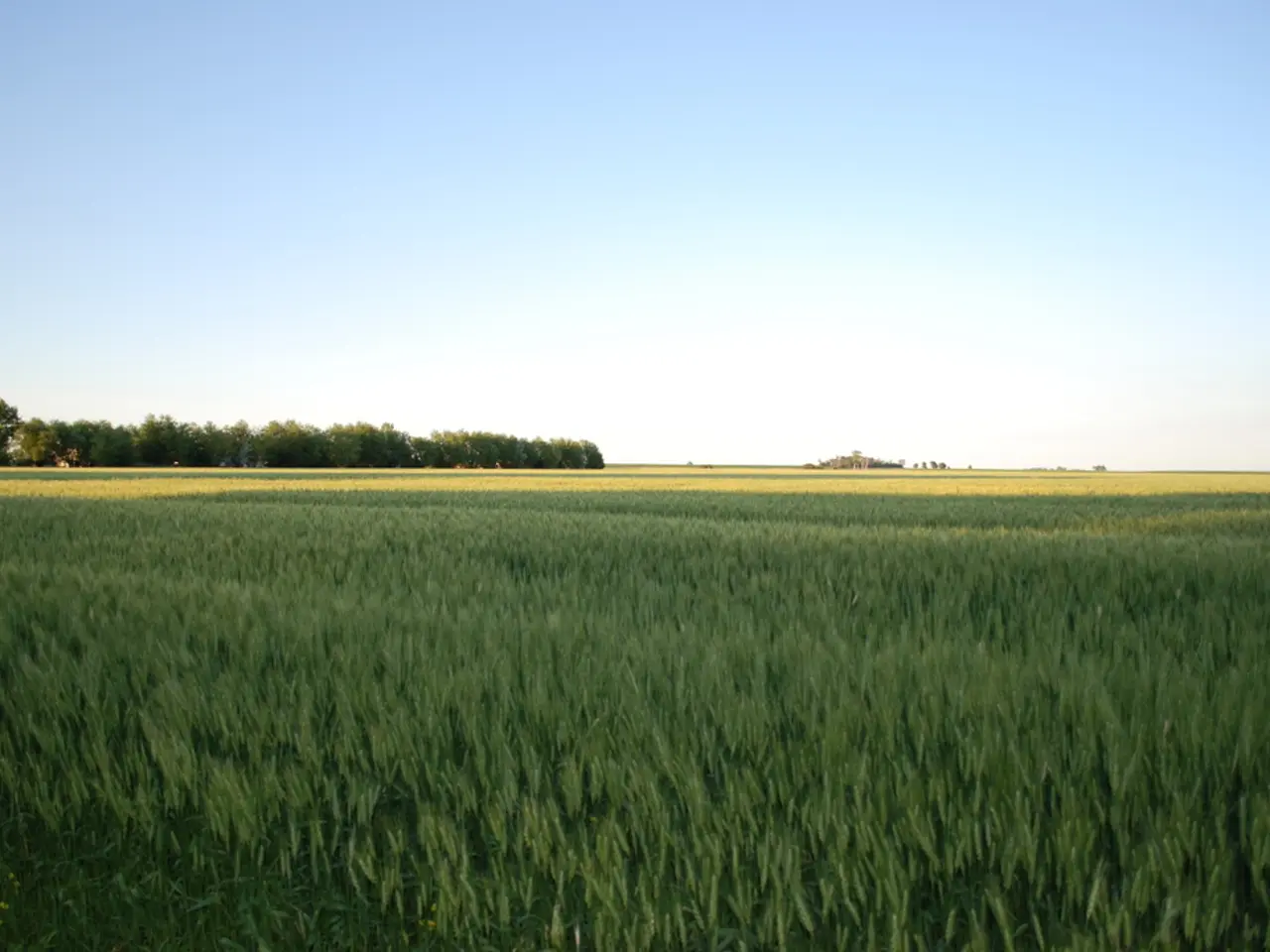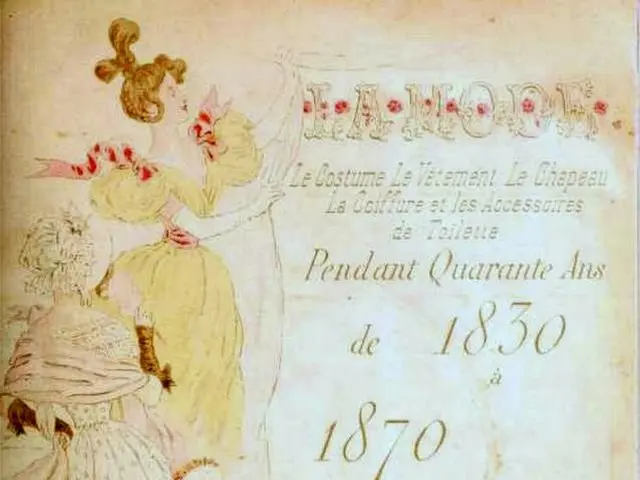Irrigation using AWD technology reduces paddy methane emission by 32.5%, claims research station
In the lush rice fields of Taiwan, a new farming technique is gaining traction among farmers – the Alternate Wetting and Drying (AWD) irrigation method. This innovative approach, initially introduced as a water-saving measure, has been found to offer additional benefits in reducing methane emissions and improving rice yields.
The AWD technique promotes stronger root development, reducing the risk of root suffocation, a condition known as Akagare or "suffocating disease" caused by oxygen deficiency in soil. This condition, in turn, reduces both yield and quality of the rice crop.
Flooding irrigation, traditionally used in Taiwan's rice cultivation, can lead to oxygen deficiency in soil, contributing to Akagare. The AWD method addresses this issue by interrupting the process of methane release by microorganisms in oxygen-deprived conditions, thereby reducing methane emissions from rice fields by an estimated 32.5 percent.
To implement the AWD method, farmers can make their own field water tubes using polyvinyl chloride pipes, available at local hardware stores. These tubes must be perforated so that the water levels inside and outside remain consistent, allowing for accurate monitoring of the soil's moisture levels.
Hsu Lung-hsin, an assistant researcher, and Chen Yu-Ting, another researcher working on the AWD method at the Tainan District Agricultural Research and Extension Station, have been instrumental in promoting this technique among Taiwanese farmers.
The optimal watering schedule for clayey soils under the AWD system is approximately once a week, while sandy soils might need irrigation as frequently as once a day. Farmers determine when irrigation is needed by checking the underground water depth by digging into the tube with their fingers.
Simulation results using the Denitrification-Decomposition model show that the AWD method can cut methane emissions by 32.5 percent and reduce water consumption by about 2,500 tonnes. Moreover, the AWD technique saves 21 percent of irrigation water, making it a sustainable and cost-effective solution for rice farmers in Taiwan.
By adopting the AWD irrigation method, Taiwanese farmers are not only securing higher rice yields but also contributing to the global fight against climate change by reducing methane emissions from rice fields. This innovative approach serves as a beacon of hope for the future of sustainable rice cultivation.
Read also:
- Understanding Hemorrhagic Gastroenteritis: Key Facts
- Stopping Osteoporosis Treatment: Timeline Considerations
- Tobacco industry's suggested changes on a legislative modification are disregarded by health journalists
- Expanded Community Health Involvement by CK Birla Hospitals, Jaipur, Maintained Through Consistent Outreach Programs Across Rajasthan




